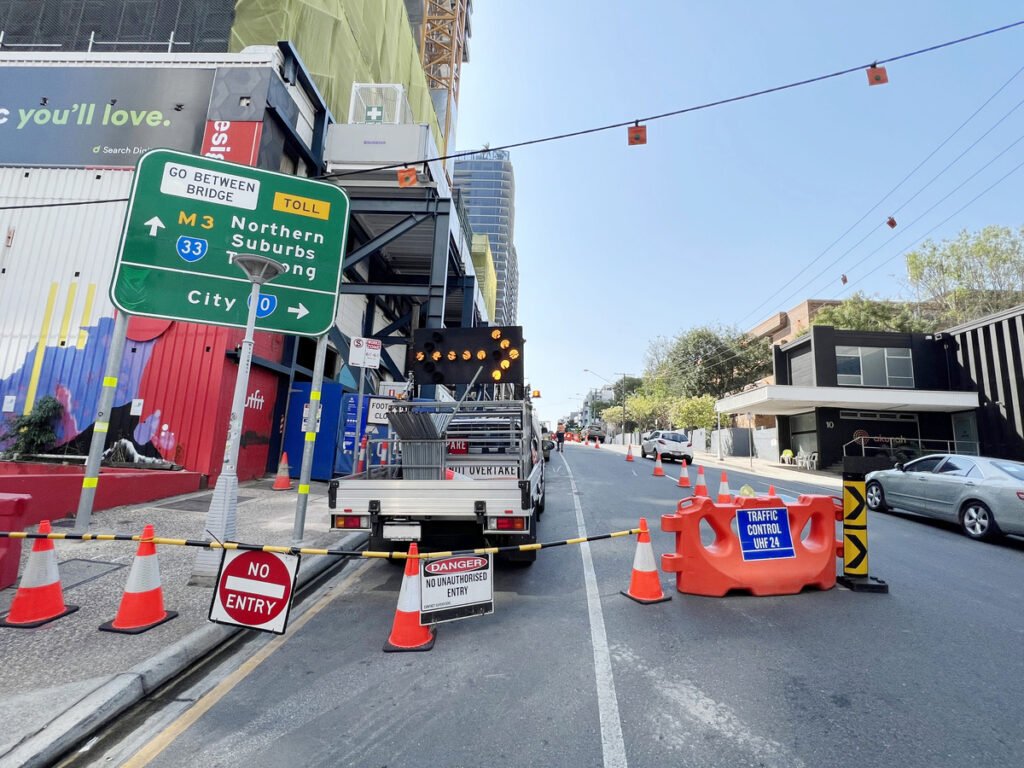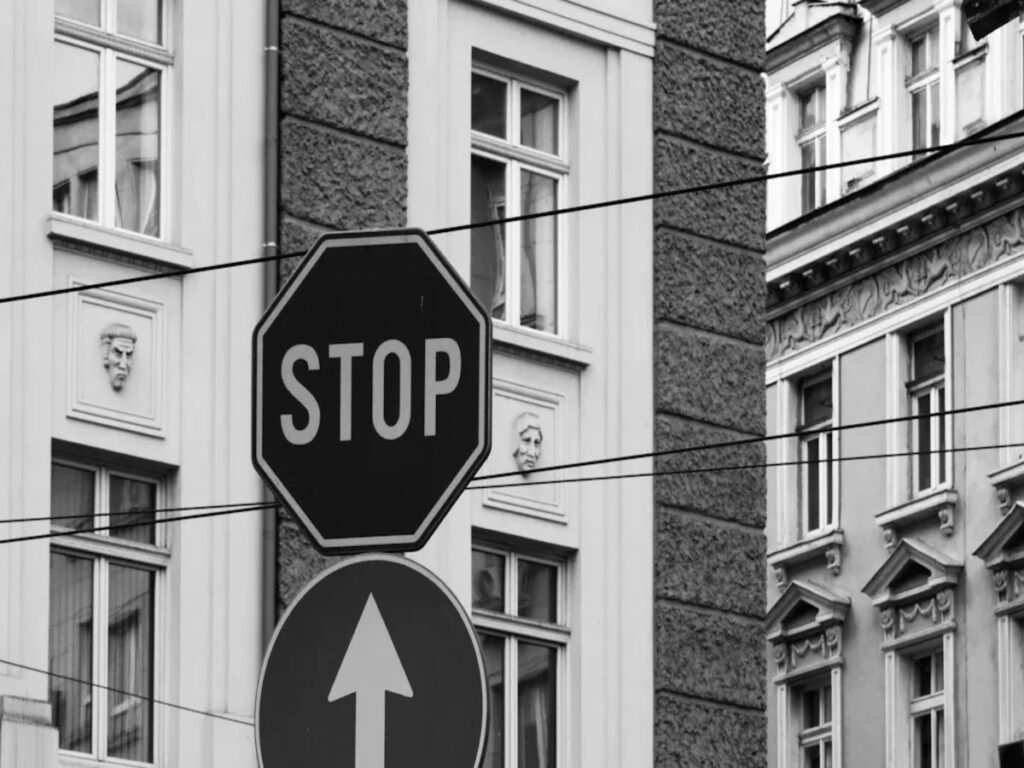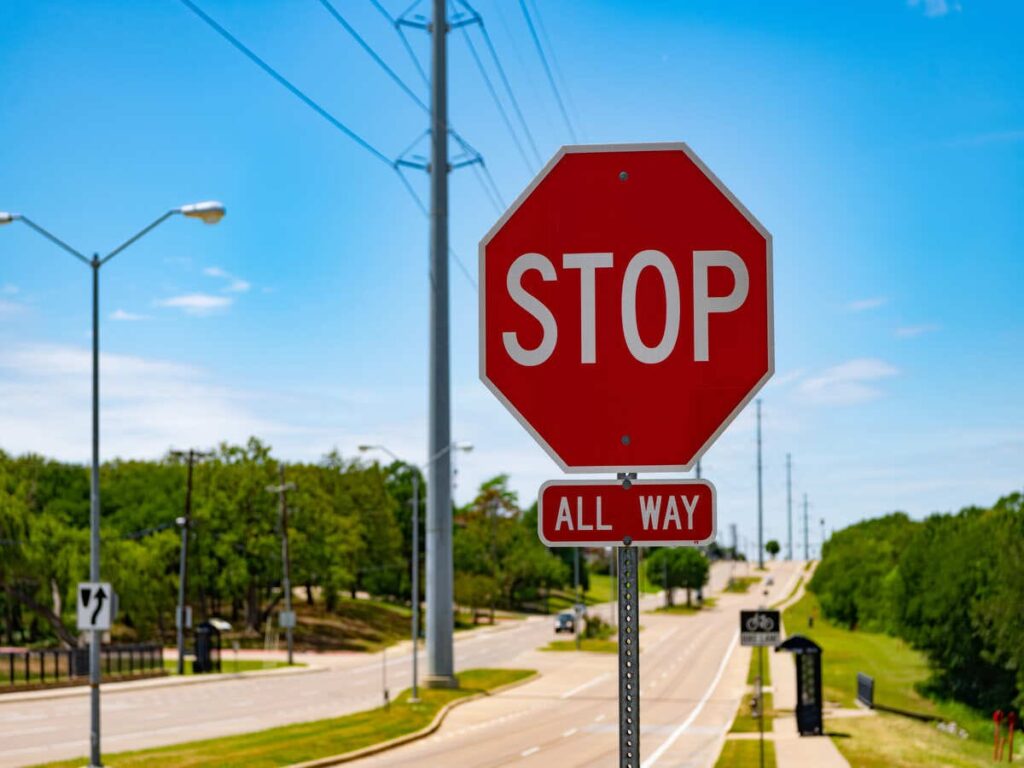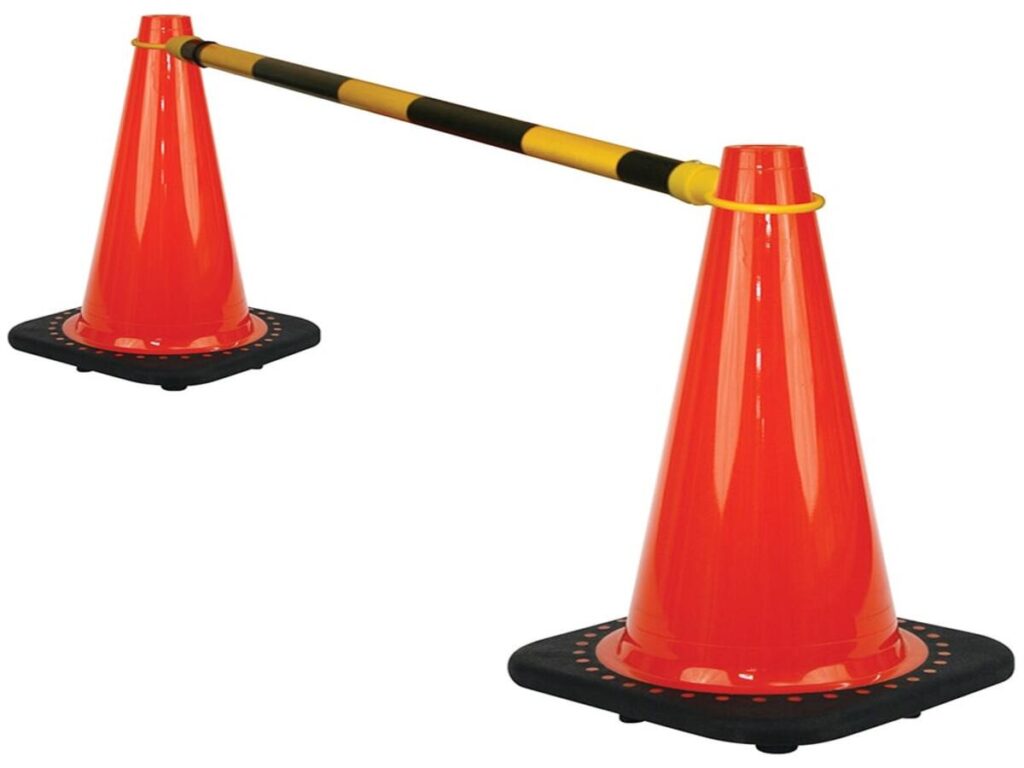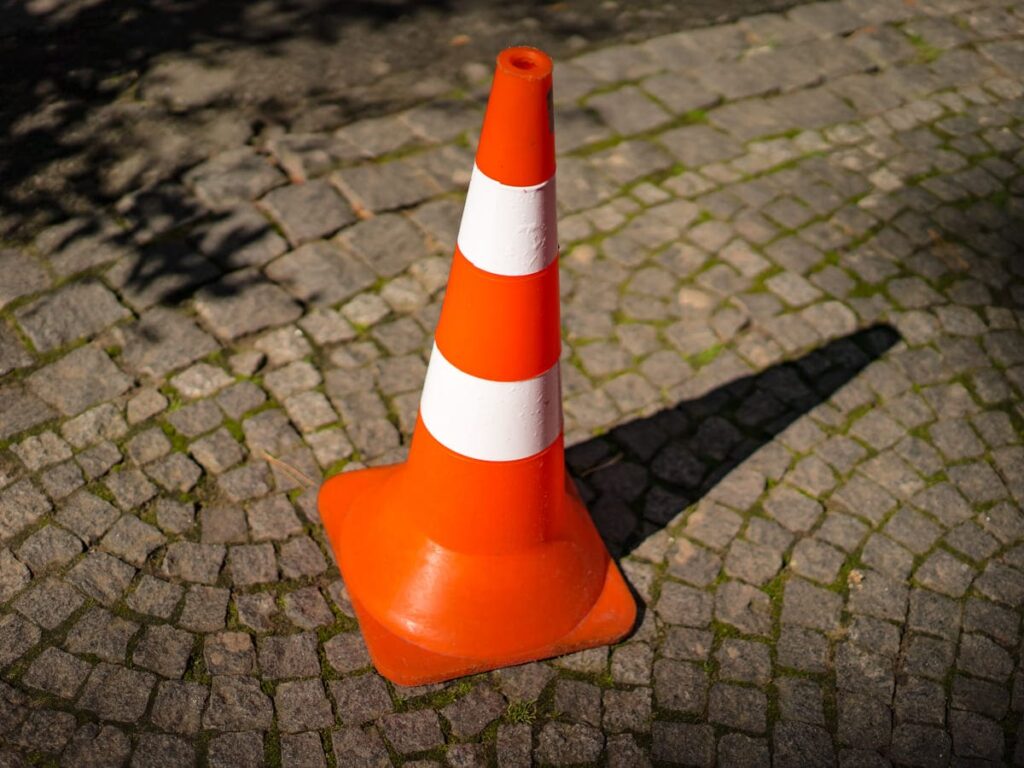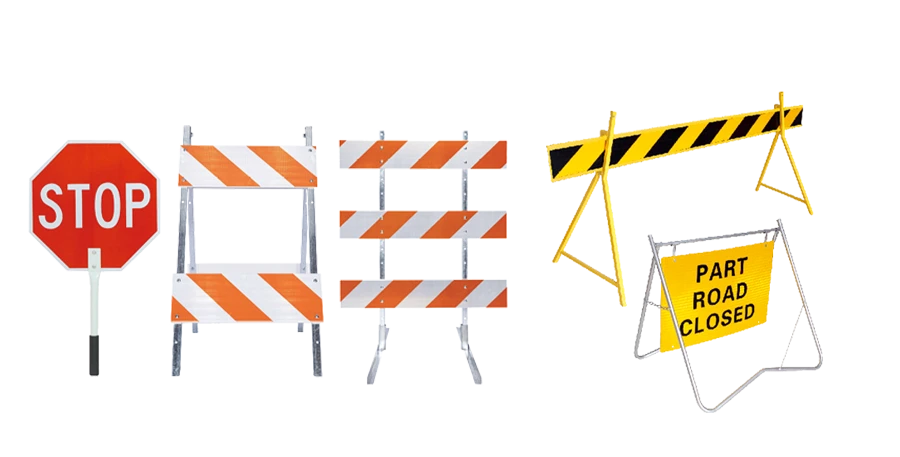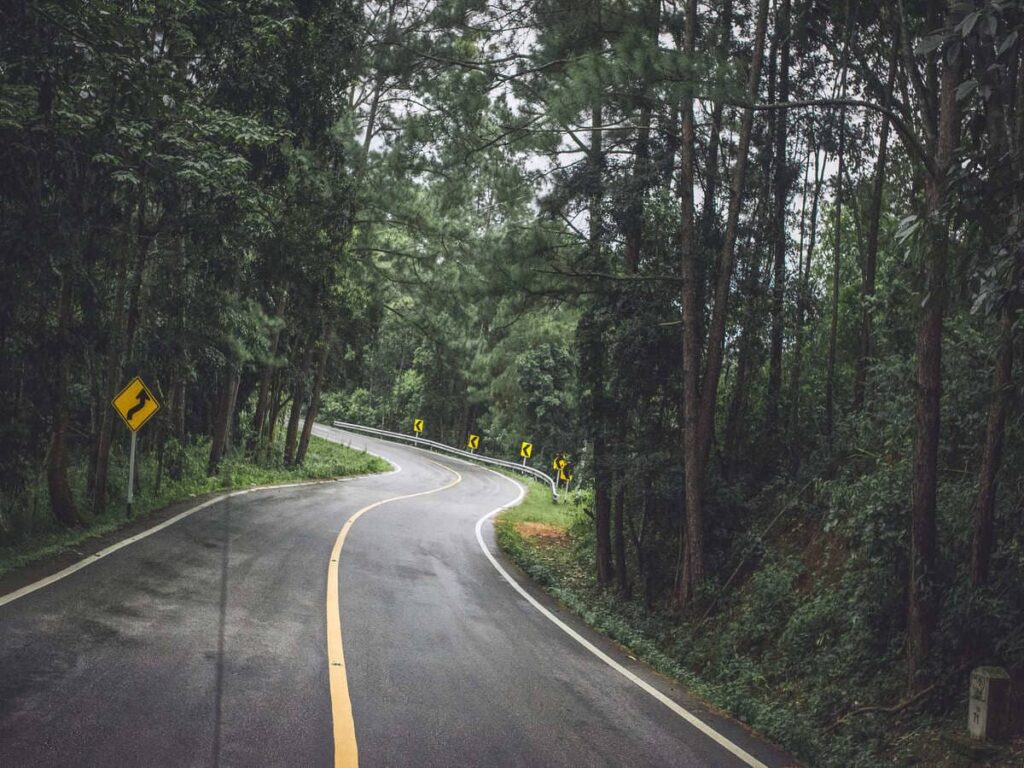
You drive along a mountain road when you spot a yellow sign showing a winding arrow. This simple sign can save lives. Many drivers lose control on sharp curves every year. Windy road signs warn you about dangerous turns ahead. You need to pay attention and slow down when you see them. Staying alert and following these signs keeps you and others safe.
في أوبترافيك, نحن نقدم علامات الطريق عالية الجودة designed to improve safety and guide drivers effectively. ملكنا windy road signs and other traffic safety solutions are built to meet regulatory standards and withstand harsh conditions, ensuring that drivers are alerted to potential hazards in advance. Whether you’re navigating sharp curves or managing construction zones, أوبترافيك provides the signage you need to keep everyone on the road safe.
الوجبات الرئيسية
- Windy road signs tell you about curves ahead. They help you get ready and slow down to drive safely.
- Watching these signs can lower your chance of accidents. You can react faster to changes in the road.
- Always slow down before you go into a curve. Driving slower helps you control your car better. It also gives you more time to spot dangers.
- Watch for changes in weather and road conditions. These things can make it hard to see or control your car on curvy roads.
- Use good driving habits, like turning on your signals. Keep both hands on the wheel to stay safe on winding roads.
How Windy Road Signs Help
Advance Warning for Curves
Windy road signs tell you about curves before you get there. When you see one, you know the road will twist soon. This warning helps you get ready for changes. You can slow down and look around. You can also get ready to steer safely.
- The winding road sign lets you know curves are coming. It helps you get ready for changes in the road.
- It tells you to slow down and pay attention. This is very important for safety on curvy roads.
“Putting up these signs gives drivers the info they need. They can slow down, watch the road, and get ready for twists and turns.”
الدراسات تظهر علامات التحذير really help. One study found drivers slowed down before curves when they saw signs. Another study showed drivers spent 31% less time speeding when warned. This means you are less likely to lose control or crash if you listen to these signs.
| يذاكر | النتائج | التأثير على السلامة |
|---|---|---|
| Evaluation of advanced curve speed warning system for fire trucks | Drivers went slower and did not speed as much at curves | Shows lower risk of crashes from speeding |
| Jimenez et al (2008) | Drivers spent 31% less time speeding with ISA | Means safer driving in the countryside |
| Jimenez et al (2012) | Big difference in time above safe speed (6.3% with ISA vs 21.5% without) | Shows speed help systems work well |
When you see a windy road sign, you usually slow down before the curve. This helps you stay in control. Some drivers speed up again during the curve. That is why you should keep your speed steady and stay alert until you pass all the twists.
Promoting Safer Driving
Windy road signs do more than warn you. They help you drive safer by building good habits. عندما ترى هذه العلامات, you pay more attention to the road. You start looking for other clues, like changes in the pavement or guardrails.
Here are ways these signs help you drive safer:
- Windy road signs help you notice what is ahead.
- They tell you to slow down, which is important on winding roads.
- These signs help you steer better by letting you know when to turn.
- They make you feel confident, so you can handle curves calmly.
Different signs help in different ways. The table below shows how each sign helps stop accidents:
| نوع العلامات | المساهمة في الوقاية من الحوادث |
|---|---|
| Winding Road Sign | Tells you to slow down and be careful on curves. |
| Reverse Curve Sign | Warns about two curves in a row, so you drive carefully. |
| Arrow Sign | Shows which way the curve goes, helping you turn safely. |
| Hairpin Bend Sign | Tells you a sharp bend is coming, so you slow down a lot. |
| الوعي السائق | Makes you pay more attention, so you are not surprised. |
| تخفيض السرعة | Tells you to go slower for better control of your car. |
| Improved Maneuvering | Helps you steer and brake better. |
| Driver Confidence | Gives you tips, so you feel safer on tricky roads. |
When you watch for windy road signs, you lower your chance of crashing. You make smart choices, like slowing down and staying focused. These habits keep you and others safe on the road.
Dangers of Curvy Roads
انخفاض الرؤية
Curvy roads often limit what you can see ahead. When you drive on a winding route, your view of the road shrinks. You may not spot a stopped car or a person walking until it is almost too late. Low visibility conditions, مثل الضباب أو الأمطار الغزيرة, make this problem worse.
- You see less of the road ahead.
- Hazards, such as stopped vehicles or pedestrians, become harder to notice.
- You have less time to react, which can lead to rear-end crashes or sideswipes.
نصيحة: Always slow down when you cannot see far ahead. This gives you more time to react to surprises around the bend.
Loss of Control Risks
Curvy roads challenge your ability to control your vehicle. Many things can make you lose control, خاصة على المنعطفات الحادة. Rainy weather makes the road slippery. Potholes or loose gravel can cause your tires to skid. Speeding makes it much harder to steer safely through a curve. أحيانا, your car may have a problem, like a tire blowout or brake failure, which increases the risk.
- Rain makes roads slick and reduces traction.
- Potholes and gravel increase the chance of skidding.
- Driving too fast makes it hard to stay on the road.
- Mechanical problems, like bad brakes or tires, can cause sudden loss of control.
If you lose control on a curve, you may slide off the road or hit another car. Staying alert and driving at a safe speed helps you avoid these dangers.
Changing Conditions
Curvy roads often pass through areas where weather and road conditions change quickly. You might start your drive in sunshine, but soon face rain, ضباب, or even ice. These changes affect how well your tires grip the road and how far you can see.
- Weather affects both visibility and how your car handles.
- You need to stay alert and adjust your driving for each new condition.
- Fog and rain make it harder to see and stop in time.
- عن 9% of fatal crashes happen in bad weather each year.
- حول 11% of injury crashes are linked to poor weather.
- تقريبا 13% of property-damage crashes occur during adverse conditions.
ملحوظة: Always check the weather before you drive on curvy roads. Adjust your speed and keep a safe distance from other vehicles when conditions change.
Windy Road Signs: ما الذي تبحث عنه
Sign Shapes and Symbols
When you drive on curvy roads, you see different signs that warn you about twists and turns. You need to know what these signs look like so you can react quickly. معظم windy road signs use simple shapes and clear symbols. The winding road sign often shows a squiggly arrow on a yellow diamond. This shape stands out and grabs your attention.
Other signs may show a sharp curve with a single arrow or a double curve with two arrows. Some signs use words like “Winding Road” أو “Sharp Curve Ahead.” You might also notice hairpin bend signs, which show a very tight turn. These symbols help you understand what kind of curve is coming up.
| نوع علامة | Symbol Description | ماذا يعني |
|---|---|---|
| Winding Road | Squiggly arrow | Multiple curves ahead |
| Sharp Curve | Single bent arrow | One sharp turn coming |
| Reverse Curve | Two bent arrows | Two curves in a row |
| Hairpin Bend | Tight U-shaped arrow | Very sharp bend ahead |
نصيحة: Always look for the color and shape first. Yellow diamonds mean caution and warn you about changes in the road.
الموضع والوضوح
You need to spot windy road signs early so you have time to slow down and prepare for curves. Good placement and visibility make a big difference in how fast you react. Signs placed far enough before a curve give you more time to adjust your speed and position.
- Larger signs help you see warnings sooner. Aging drivers get an extra 1.5 seconds to respond when signs are bigger.
- California recommends using larger signs in places where visibility is poor or curves are extra dangerous.
- Signs should be placed where you have enough time to notice and react. Experts call this “perception-reaction time.”
- You need to see signs clearly during both day and night. Bright colors and reflective surfaces help at night.
- Wind-resistant stands keep signs steady in bad weather. قواعد ثقيلة, like cast iron or modular frames, stop signs from falling over in strong winds.
If you notice a sign early, you can slow down and steer safely. Missing a sign or seeing it too late can lead to mistakes. Always watch for signs on the right side of the road or above your lane.
ملحوظة: Check for signs as you approach curves, especially in areas with fog, مطر, أو رياح قوية. Good visibility helps you stay safe.
Responding to Windy Road Signs
When you see windy road signs, you need to react quickly and safely. These signs give you time to prepare for the curves ahead. Knowing how to adjust your speed, steer, and stay alert can help you avoid accidents.
Adjusting Speed
You should always slow down before entering a curve. Speeding makes it harder to control your car on winding roads. Brake smoothly before you reach the curve. Try not to use your brakes while turning, as this can cause your tires to lose grip. Keep your speed steady through the curve, then gently speed up as the road straightens.
نصيحة: Lower speeds give you more time to react to surprises, like animals or stopped cars around the bend.
Steering and Positioning
Proper steering and lane position help you stay safe on curvy roads. Follow these steps to handle curves with confidence:
- Slow down and move your car to the side of your lane opposite the curve’s direction.
- As you enter the curve, steer smoothly toward the other side of your lane.
- Return to your normal lane position and gently accelerate as you exit the curve.
للحصول على سلامة إضافية, try these techniques:
- Approach the curve close to the right edge of the road to avoid oncoming traffic.
- Move toward the center of your lane at the curve’s midpoint for better visibility.
- Brake before the curve, then ease off as you reach the center.
- Gently press the gas pedal as you see the road ahead.
- Avoid sharp braking, fast acceleration, or sudden steering during the curve.
Staying Alert
Staying alert keeps you safe on winding roads. You need to watch for changes in the road and react quickly. Increased alertness helps you notice hazards sooner and make better decisions. The CDC warns that sleepiness can slow your reaction time and reduce your attention, which raises the risk of accidents.
- Alert drivers spot dangers faster.
- You can adjust your speed and steering before losing control.
- Staying focused helps you handle curves and avoid skidding.
ملحوظة: Always rest before long drives. Alertness is your best tool for safe driving on curvy roads.
نصائح للقيادة الآمنة
Reading Signs Quickly
You need to spot and understand windy road signs fast. Quick reading helps you react in time and stay safe on curvy roads. Here are some best practices:
- Look at the shape of each sign. Unique shapes tell you what to expect. على سبيل المثال, a diamond shape means warning, while a rectangle gives information.
- Notice the color. الأصفر يعني الحذر. الأحمر يعني التوقف أو الخطر. White and black give rules.
- Learn the symbols. A squiggly arrow shows a winding road. A sharp bend arrow warns of a tight curve.
- Watch for less common signs, like hairpin bends or double curves. These signs need extra attention.
نصيحة: Practice recognizing signs during every drive. This habit helps you react faster when you see a warning.
Using Signals
You should always use your turn signals, even on winding roads. Signals tell other drivers what you plan to do. This helps prevent confusion and accidents. When you approach a curve, signal early if you plan to turn off the road or change lanes. Anticipate your steering by looking ahead and planning your moves. Smooth steering keeps your car stable through each curve.
- Signal before you slow down or turn.
- Check your mirrors before changing lanes.
- Keep both hands on the wheel for better control.
Using signals and planning your steering helps everyone on the road stay safe.
Avoiding Distractions
Distractions make driving on curvy roads much more dangerous. When you look away from the road, your lane-keeping gets worse. You may not see a curve or a sign in time. Studies show that drivers who do visual tasks on winding roads have trouble staying in their lane. Higher mental effort, like talking or texting, also makes accidents more likely.
| النتائج | وصف |
|---|---|
| Distraction Impact | Drivers doing visual tasks on curves had poorer lane-keeping and focus. |
| Cognitive Load | More mental effort led to higher accident risk. |
| Familiarity Effects | Drivers in familiar areas took more risks and broke more traffic rules. |
- The more you try to multitask, the higher your accident risk.
- Familiar roads can make you careless. ابق في حالة تأهب, even if you know the route.
ملحوظة: Put away your phone and keep your eyes on the road. Focused driving saves lives.
Common Mistakes on Winding Roads
When you drive on winding roads, you face many challenges. Some mistakes happen often and can lead to serious accidents. Knowing these mistakes helps you avoid them and stay safe.
Ignoring Signs
You might see warning signs but not pay attention. This mistake can put you in danger. Windy road signs give you important information about what lies ahead. إذا تجاهلتهم, you miss your chance to prepare for sharp curves or sudden changes.
Here are some common mistakes drivers make on winding roads:
- Driving too fast can lead to loss of control on curves.
- Failing to look ahead can result in unexpected surprises on the road.
- Lack of awareness of wildlife can lead to dangerous encounters.
- Poor visibility at night can increase the risk of accidents.
- Ignoring weather conditions can lead to unpredictable driving situations.
نصيحة: Always watch for signs and adjust your driving as soon as you see them. Signs are there to help you react before it is too late.
Entering Curves Too Fast
Speed is a major factor in accidents on curvy roads. When you enter a curve too quickly, your car may not grip the road well. This can cause you to slide out of your lane or even leave the road. Many fatal crashes on curves happen because drivers go too fast.
| مصدر | Percentage of Speed-Related Accidents |
|---|---|
| NHTSA (2008) | 31% of fatal crashes are speed related |
| الهيئة الفيدرالية للطرق السريعة (FHWA). | 56% of run-off-road fatal crashes on curves are speed related |
| Turner and Tate (2009) | Speed was a factor in 35% of fatal and 28% of serious crashes on rural roads in New Zealand |
You should always slow down before a curve. Centrifugal forces can push your car outward if you go too fast, making it hard to stay in your lane.
Sudden Braking or Overcorrection
Sudden moves can make a bad situation worse. If you slam on the brakes or jerk the steering wheel, you risk losing control. This is especially true for larger vehicles like trucks. When you brake hard, your vehicle can skid or even jackknife. Overcorrecting your steering can send your car into another lane or off the road.
One of the most common causes of jackknife accidents is sudden or excessive braking. When you brake abruptly, your vehicle can become unbalanced, especially if you drive a truck or a car with a trailer. As you turn, improper speed and sharp movements can cause your vehicle to drift out of its lane.
ملحوظة: Stay calm and make smooth, gentle movements. Brake before the curve and steer steadily through it. This helps you keep control and avoid accidents.
منع الحوادث
Building Good Habits
You can prevent accidents on curvy routes by building strong driving habits. When you see windy road signs, you need to act quickly and safely. Good habits help you stay in control and avoid surprises.
- Slow down before entering a curve. Lower speed gives you more time to react and keeps your tires gripping the road.
- Hold the steering wheel with both hands at the 9 و 3 o’clock positions. A firm grip helps you steer through sudden wind gusts or sharp turns.
- Watch for clues in your surroundings. Tree limbs moving or debris on the road can warn you about strong winds or changing conditions.
- Stay alert for changes in weather. مطر, ضباب, or wind can make curves more dangerous.
- Look ahead and scan the road for signs and hazards. Early detection helps you adjust your driving before you reach a curve.
نصيحة: Practice these habits every time you drive. They make you a safer driver and help you respond to windy road signs without hesitation.
تأثير العالم الحقيقي
Drivers who follow safe habits see real benefits on the road. You can reduce your risk of accidents and protect yourself and others. Studies show that slowing down and staying alert lowers crash rates on winding roads.
| Habit | فائدة | Example Scenario |
|---|---|---|
| Slowing down | More control, عدد أقل من الحوادث | You avoid skidding on wet curves |
| Firm grip | Better steering | You keep your lane in strong wind |
| Watching clues | Quick reaction | You spot debris before a curve |
Many communities report fewer accidents after installing windy road signs and teaching drivers to build good habits. You help make roads safer for everyone when you pay attention and respond to warnings.
🚗 Remember: Every safe choice you make adds up. You protect yourself and others by driving smart on curvy routes.
Windy road signs play a key role in keeping you safe on curvy routes. When you follow these signs and build good driving habits, you lower your risk of accidents. You should always:
- Pay attention to your surroundings and road signs.
- Keep both hands on the wheel for better control.
- Slow down and watch for sudden changes in weather or road conditions.
- Stay alert for debris or other vehicles.
Staying focused and respecting all traffic warnings helps you reach your destination safely.
التعليمات
What does a windy road sign look like?
You see a yellow diamond with a black squiggly arrow. This symbol warns you about several curves ahead. The sign stands out so you can spot it quickly.
Why should you slow down when you see a windy road sign?
Slowing down helps you keep control of your car. Curves can surprise you. Lower speed gives you more time to react and steer safely.
Where do you usually find windy road signs?
You find these signs on mountain roads, country highways, and places with sharp turns. They appear before the curves start so you can prepare.
What should you do if you miss a windy road sign?
Stay alert for changes in the road. If you notice a curve coming up, تبطئ على الفور. Watch for more signs and adjust your driving.
Can windy road signs help in bad weather?
نعم! Windy road signs warn you about curves even when rain or fog makes it hard to see. Always trust the signs and drive carefully in bad weather.

